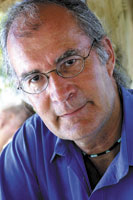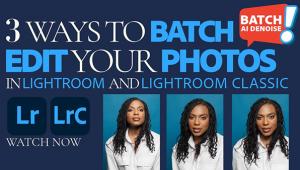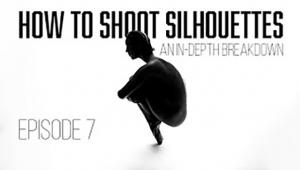Editors Notes
I have to confess that I have
not exposed a lot of film recently. The same goes for many photographers
I know, who admit to the same thing with a similar trace of guilt that
I feel about it. Many folks have been swept up into the digital realm
and been hooked by the instant review, easy download, and of course the
excitement of being able to manipulate their images with such ease in
the so-called "digital darkroom." But on a recent rainy afternoon
I spent some time with some old friends--my slide film and negative
files. I flicked on the light box and took out some slide sheets and relived
some great memories through images I had made in the past. It was an odd
and interesting experience--not seeing images on a screen--and
it reminded me of why I had always loved film and made me rethink my almost
total digital conversion. There the images were--real and not virtual--and
along with them came the colors and tones that became almost visually
tactile as I passed sheet after sheet over the frosted glass of the light
table. |



































